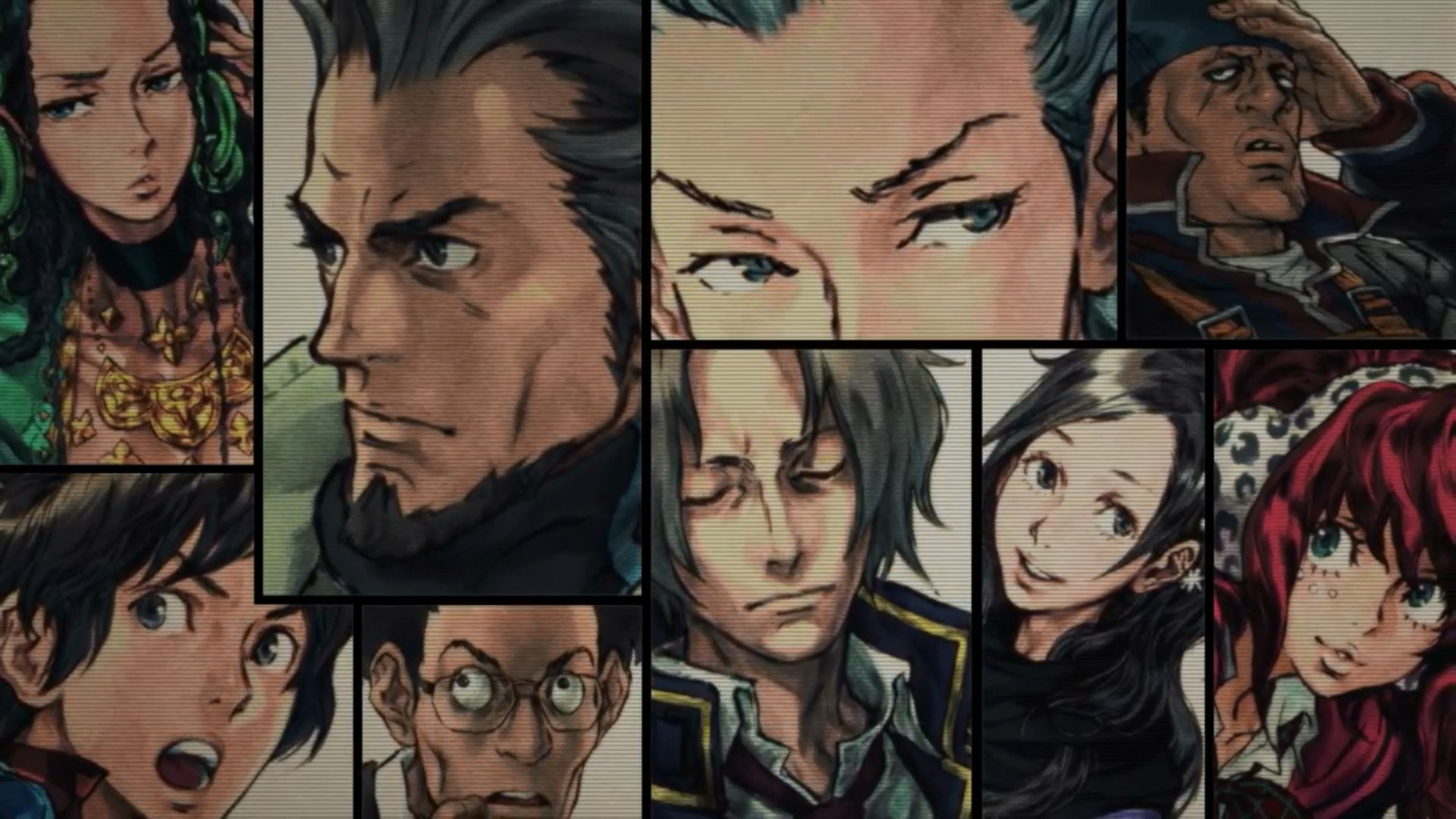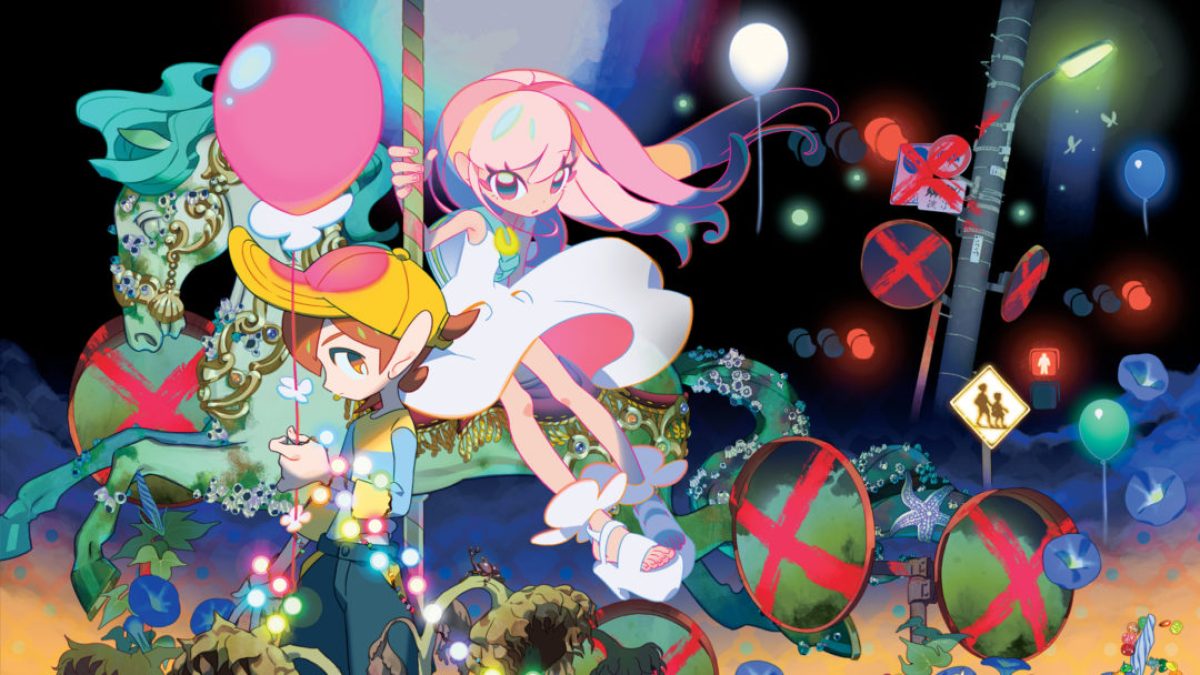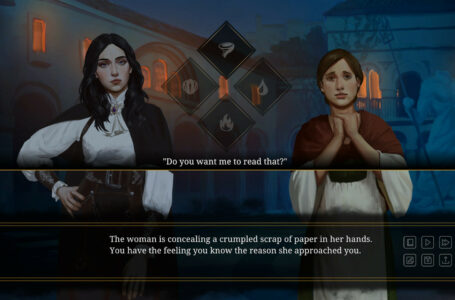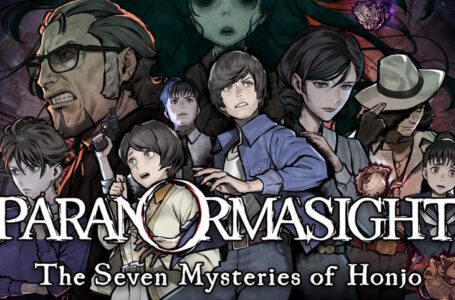Auteur Analysis: Kotaro Uchikoshi
After discussing Suda51 as an Auteur, I wanted to discuss an individual who wouldn’t initially appear as so obvious. Across two decades Kotaro Uchikoshi has made a name for himself with Western audiences specifically due to two series; the increasingly popular Zero Escape trilogy, and the lesser known but unanimously loved Infinity series. For the purpose of this deep dive, we’ll be looking at his titles that are available in English only due to my very limited knowledge on the Japanese exclusive releases of his other games (Not a day goes by when I’m not praying for a localisation of Memories Off. Just do it Mages!). Let’s get digging.
Recap on Auteur
As a quick recap of my first Auteur Analysis, there are three key factors to remember when identifying an Auteur:
Does the product have the creator’s signature style?
Is it immediately recognisable as their individual creation?
Do they have a specific level of overall control over the product?
I use the term for Auteur much more loosely for Uchikoshi, since his debut works from 1999, his first full control of a work of his is with 2009’s Nine Hours, Nine Persons, Nine Doors. Overall, Uchikoshi has had more freedom on 5 specific titles of his, but with growing budgets since Zero Time Dilemma, Uchikoshi has bounced off ideas with other writers in certain titles. Despite this, his whole history of scenario writing has had a hand in creating what we can expect from him when it comes to his narrative style that has brought him his claim to fame, so much so where fans of one of his latest games, AI: The Somnium Files were theorizing the twists before the title even released. When discussing the staples of Uchikoshi and what exactly makes him an Auteur, no place is as good of a starting point as this.
The Mind of Uchikoshi: Where narrative thrives

Uchikoshi’s creative process is unconventional in Japanese gaming, as he creates his storylines and scenarios first and forms a cast around these premises. This happens to be why his first creations in scenario writing were so constricted due to the company KID following this process, at odds with Uchikoshi’s creative processes due to what they deemed as successful game making.
In an interview with Gamasutra, he argues why his priorities are on his story over his characters; ” the desire of ‘I don’t want this character to die, so I’ll try to avoid it,’ we put emphasis on the desire ‘I don’t want this story to die as is, so I’ll try to avoid it.’ As a result, keeping the story alive will connect, in a way, to avoiding the death of a character”. Uchikoshi excels in making this a reality in his quintessential visual novel titles.
The Zero Escape series ultilises the branching plots to ultimately conclude its overarching mystery while hinting at things to come, from showing characters carrying out certain actions unexpectedly, to seeing the nudges that caused their decision in a separate route. Uchikoshi creates a story that has multiple consequences due to our decisions, but ultimately has a final ending that wraps up the story, notably since Virtue’s Last Reward, the second entry in the Zero Escape series. His story creations takes precedence over every other element of his works for this reason alone; to form a strong story that is so layered it takes until the finale to understand the characters, events and secrets.
Uchikoshi calls his narrative “bi-directionality”, with emphasis on interaction, this being most evident in Virtue’s Last Reward. The flowchart allows players to jump from section to section across the whole of the game they have experienced. Not only has this narrative been inspired by a classic visual novel, YU-NO, but the success of such a flowchart can be compared to the recenly released Raging Loop; keys are needed to be found in routes to progressive storylines to find the right route, the route where the mystery is solved and everyone is saved. In what would be his largest and most intricate flow chart is with the Floating Fragments in Zero Time Dilemma, offering even more moments of time jumping and head scratching stand alone events to piece together for answers and a possible conclusion. Due to the non-linear plot, it adds intrigue and replay value as not all the answers are given until 100% completion throughout his works.
Not only does this add play time, but it makes for an engrossing adventure with notably the best narrative structure of any story driven video game (such as Life is Strange and Heavy Rain).
When characters take the backseat
Another notable feature of Uchikoshi’s storytelling is how he creates and handles his characters. He takes great consideration in creating a diverse cast of characters, ranging from different genders, personalities, and ages. To reinforce this, he also looks into forming a cast with different morals, opinions and strengths/weaknesses by referring to the Enneagram of Personality when he created the cast of Nine Hours, Nine Persons, Nine Doors and Virtue’s Last Reward. For example, the character of Clover appears as a Loyalist in regards to the exclusive importance she places on her brother Snake, while Ace is the Reformer who often takes control of disputes in the group, and June plays as the Peacemaker, negating arguments and having a mindset of no one being left behind. This creates a great source of possible conflicts and difficulties the group itself will run into outside of the pressure of the puzzles and escaping.
This is notable for being an important dynamic as throughout the games the cast form this one group of mostly strangers. He also takes great care in balancing out his cast, such as drawing parallels to the younger generation (Quark) and older generation (Tenmyouji) in Virtue’s Last Reward, and the emotional (Diana) and the logical (Mira) in Zero Time Dilemma. These writing patterns can be traced back as far as Ever 17, with its two player characters of Takeshi and Hokuto being polar opposites, Takeshi being optimistic and assertive while Hokuto is timid and introverted.
In regards to his main characters, Uchikoshi chooses to make them have the weakest personality so that players can sympathize with them more easily. Uchikoshi explains “In a novel or movie, the reader/audience member can be no more than an observer of events, but in a game you can take the role of the main character. In addition, having the player experience things from a first-person perspective rather than a third-person perspective gives the game a stronger impact and makes it more interesting.” This is very interesting and works not just for the standalone title, but as the series is able to delve further into previous main characters as these become recurring throughout the trilogy, with all important arcs fleshing out their personalities and story-lines when they take the backseat as a supporting character.
Another important element of creating characters for a game like Virtue’s Last Reward is misdirection; “I deliberately throw in a character that straight-up looks like a bad person to draw the player’s attention from the real antagonist.”. He refers to politicians in teaching him this trick, by moving the spotlight seamlessly onto a red herring that happens to be extremely convincing to answering the mysteries. In what is his strongest example of this in my opinion is his masterful trickery through multiple routes within AI: The Somnium Files that each suggests a new potential culprit to the serial killings, with the Annihilation ending being the highlight of such a feat.
Unique and unconventional design choices
Uchikoshi would go on to say how the majority of fictional works have been influenced and already explored to a degree where only 10% of creativity is original. He regards Kurt Vonnegut and Isaac Asimov as personal inspirations for his own video games, and often reads up on new material for more ideas and theories to add and explore in his own works. He argues that this is where new talent is showcased, and as we know and can see from Uchikoshi himself, he most definitely excels in creating media unique and fitting to his name exclusively, forming new worlds that have taken a life of its own (the fan base of Zero Escape being the prime example).
With plot twist heavy stories he will typically work on the ending first and continue backwards in order to not lose the plot threads and avoid making them too convoluted. Considering how much cause and effect and chaos theory are prolific across his works by the always changing plot through trying out different choices and backtracking, this proves as difficult when creating. This did become even more challenging the further his Zero Trilogy series got as the amount of possible changes increased through his method of writing he likes to call the “deductive composition method”.
In comparison, let us go back to what I brought up about Ever 17: The Out of Infinity. This was written using the “inductive composition method”, with the setting being thought out first and then a story around it. The importance is therefor on the location and world instead of the story. Uchikoshi describes this as being a gamble with the story resulting in being uninteresting, completely going against his now well-known creative processes.

Themes
As with every creator regarded as an Auteur, Uchikoshi always calls back to theories and ideas his characters either hold knowledge of or stumble onto across his works. There are many examples of this. Identity is the core idea of the Infinity series, where the importance of choices is indicative to what makes us have control of our lives and how our memories shape us individually.
The Zero Escape series has a vast amount of grey characters with hidden links to one another and the whole mystery around its mastermind. Social critiques through communitriansim where society is ruptured and the characters are locked into one space explains why the Zero Escape series is set in one location (and for budget expenses too) in conjunction to the futuristic world of AI: The Somnium Files where artificial intelligence has affected how we perceive reality and dreams with real life consequences that greatly disturbs our society. Finally, occultism with AI: The Somnium Files and Zero Escape series both touch upon as red herrings and/or hints to the overall mystery.
What is most definitely his most prolific recurring themes are science fiction and philosophical theories, such as the prisoner’s dilemma and Schrödinger’s cat. Uchikoshi implements a wealth of plot twists to play around with cause and effect and parallel worlds through his branching narrative structure. These themes interweave into the overarching mystery and jumping narrative structure as hints to wider implications that affect the story and characters. It’s up to the player to deduce how they relate to the game.
Infinitely brilliant: From humble begins to cult status

The ventures of Uchikoshi started with the now defunct studio KID, with their best known work outside of Japan being the Infinity series Uchikoshi had a part in creating. As the scenario writer for all three entries, it’s the earliest works that indicated the elements and themes Uchikoshi would continue to explore in later games.
Uchikoshi provided scenario pieces for the Memories Off series, and Never 7: The End of Infinity, where he wanted to create a storyline involving his well-known theme of science fiction, but was turned down as the company wanted a focus on the relationships of the characters (no surprise as a Bishoujo game where KID felt it sold more). He would get this idea fulfilled when accepting work in Chunsoft where he created the now cult hit visual novel Nine Hours, Nine Persons, Nine Doors, that would become a trilogy due to Western sales and fans and not because of Japanese audiences (with exceptionally weak sales in fact).
Where the Infinity series, consisting of Never 7: The End of Infinity, Ever 17: The Out of Infinity and Remember 11: The Age of Infinity would show off things to come with his narrative style, the Zero Escape series was his first game he directed and implemented interactive gameplay mechanics with its puzzle solving.
As the latest title from him and a story that runs through only one game unlike his Zero Escape series, AI: The Somnium Files is what I like to call the encompassment of all things Uchikoshi. I would recommend this title first for newcomers of Uchikoshi as its a lovely little package that highlights everything Uchikoshi excels in with a run time of around 30 hours; humorous dialogue and charismatic characters out of left field to distract from the serious moments, fleshed out character motivations in relation to the thought provoking plot, and his staple “dead end” plot progression.
Conclusion: It’s all fun and games

Until someone gets killed of course. With the conclusion of the Zero Escape trilogy being wrapped up in Zero Time Dilemma, World’s End Club carries on the legacy of his staple murder mysteries and escape rooms.
With the foundation of Too Kyo Games back in 2017 that brought together the talents of both Danganronpa’s Kazutaka Kodaka and Uchikoshi himself, this hyped up the now released second title from the team with World’s End Club. It is what you can expect from the pair, a death game filled with unconventional and unique characters with some being trustworthy and others you’ll want to create distance with, and a charismatic mastermind. Don’t let their young ages fool you. With the cast of this new killing game being all children, it makes the game feel even more terrifying, with stakes being the highest they’ve ever been from its creators. And even its setting is reminiscent to an older title of Uchikoshi, being located in an underwater theme park (Ever 17).
Despite being available on the Apple store as of now, we should be receiving news on the title coming to Switch sometime in 2021. In what may be the very last title that encompasses staples from the two creators, with Uchikoshi having to convince Kodaka to make another title around a death game, Too Kyo Games’ and Uchikoshi’s future may be set to provide us fans with new mysteries we can sink our teeth into. Uchikoshi has shown jealousy over the more popular non-linear, choose-your-own-adventure type of games such as Life is Strange, which is truly a shame because concerning story based games it does not get any better than this.
Uchikoshi has proved to be able to incorporate new ideas to make them his own, from playing around with a multitude of concepts from time manipulation, artificial intelligence and morality, even taking more inspiration from Western story driven video games of the last few years (AI: The Somnium Files being partly inspired by Detroit: Become Human). I look forward to the intriguing future of Too Kyo Games where Uchikoshi can continue to showcase his underrated talents with hopefully more deserving attention.
Join The Discussion
Rice Digital Discord
Rice Digital Twitter
Rice Digital Facebook
Or write us a letter for the Rice Digital Friday Letters Page by clicking here!
Disclosure: Some links in this article may be affiliate links, which means we may earn a small commission if you make a purchase after clicking on them. This is at no additional cost to you and helps support Rice Digital!
- Sigh of the Abyss: Shadow Bonds – Prologue Review - October 7, 2023
- Is She The Wolf? is wickedly addicting TV - October 6, 2023
- The steady consumption of Slow Damage - October 5, 2023






